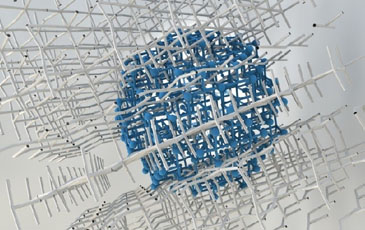Tremendous progress in the cost-effective conversion of solar and wind energy into electrical power brings about a new challenge: the massive (seasonal-scale) storage of energy.
We focus on using computational materials science, spectroscopies including ultrafast and synchrotron, and advances in materials chemistry, to create new catalysts for CO2 reduction and oxygen evolution.
I will discuss recent advances including a new high-activity OER catalyst and a low-overpotential CO2 reduction catalyst based on field-induced reagent concentration. I will also touch on related materials design problems in optoelectronics, including the design of composite organic-inorganic materials for photon-to-electron and electron-to-photon conversion.
*****
Ted Sargent is University Professor in Electrical and Computer Engineering at the Univ of Toronto. He holds the Canada Research Chair in Nanotechnology and also serves as Vice President - International for the University of Toronto. He is founder and CTO of InVisage Technologies Inc. of Menlo Park. He is a Fellow of the Royal Society of Canada; a Fellow of the AAAS "...for distinguished contributions to the development of solar cells and light sensors based on solution-processed semiconductors;" and a Fellow of the IEEE "... for contributions to colloidal quantum dot optoelectronic devices He received the B.Sc.Eng. (Engineering Physics) from Queen's University in 1995 and the Ph.D. in ECE (Photonics) from Toronto in 1998.


